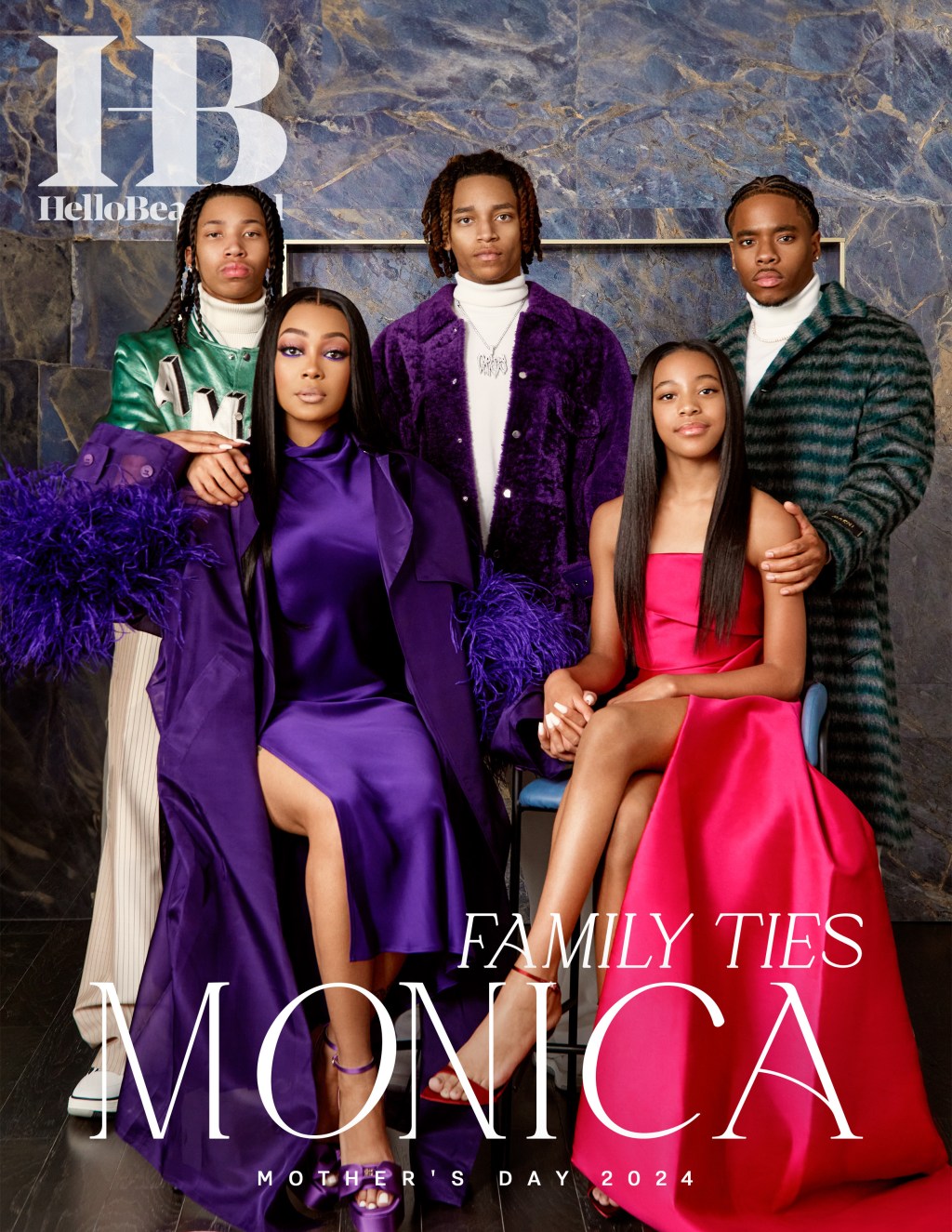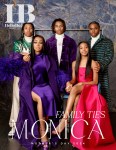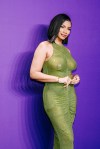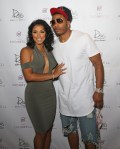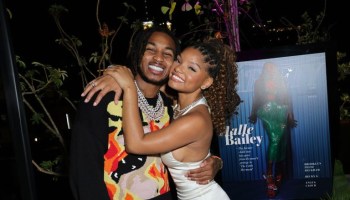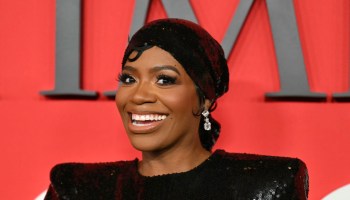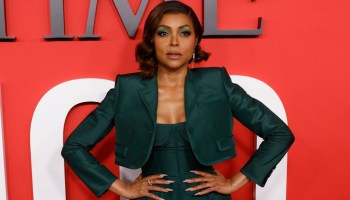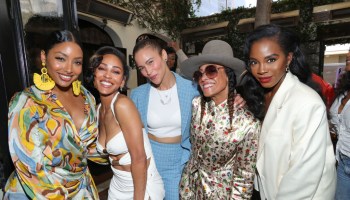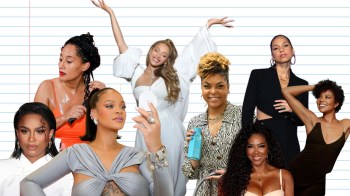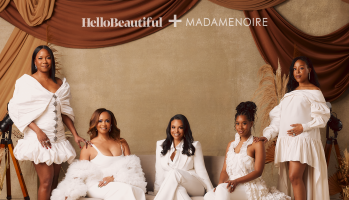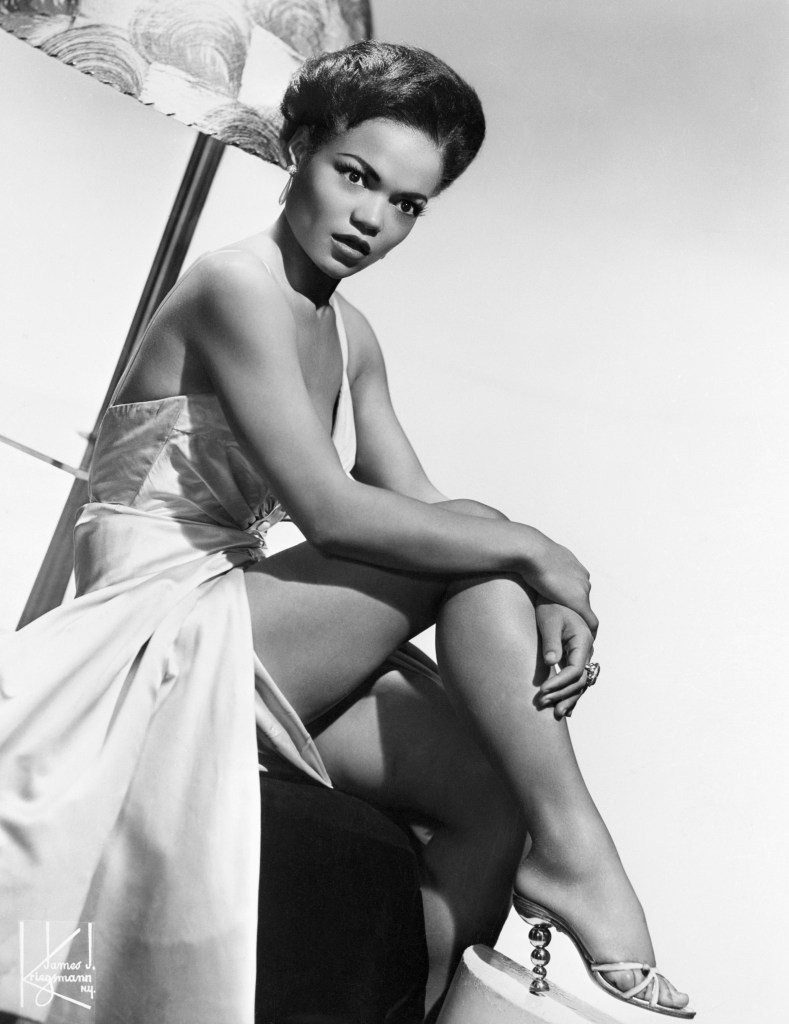
(Actress and screen siren Eartha Kitt). Source: Bettmann / Getty
When you think of a pin-up girl, chances are that the names that first come to mind are the white actresses from old Hollywood like Marilyn Monroe or modern Burlesque stars like Dita Von Teese. But, aside from a handful of names like Eartha Kitt and Dandridge, how often do you think of a Black woman when you think of a vintage glamour icon? Sadly, Black women’s roles in the history of pin-up girls has been all but erased, but that doesn’t mean they haven’t made an impact.
“Unfortunately before the mid 1960s, society and media rarely made an effort to showcase Black women as being beautiful or glamorous,” said Angelique Noire, a model known on Instagram as The Black Pinup. “Even more rare were images supplied to the mainstream of beautiful women with dark skin. So the fact that these women and loads of other Black women are not household names was because of society’s inability to see past color. To succeed in the movies (the largest form of exporting American beauty worldwide) was already difficult. For a Black woman, it was close to impossible to achieve worldwide recognition.”
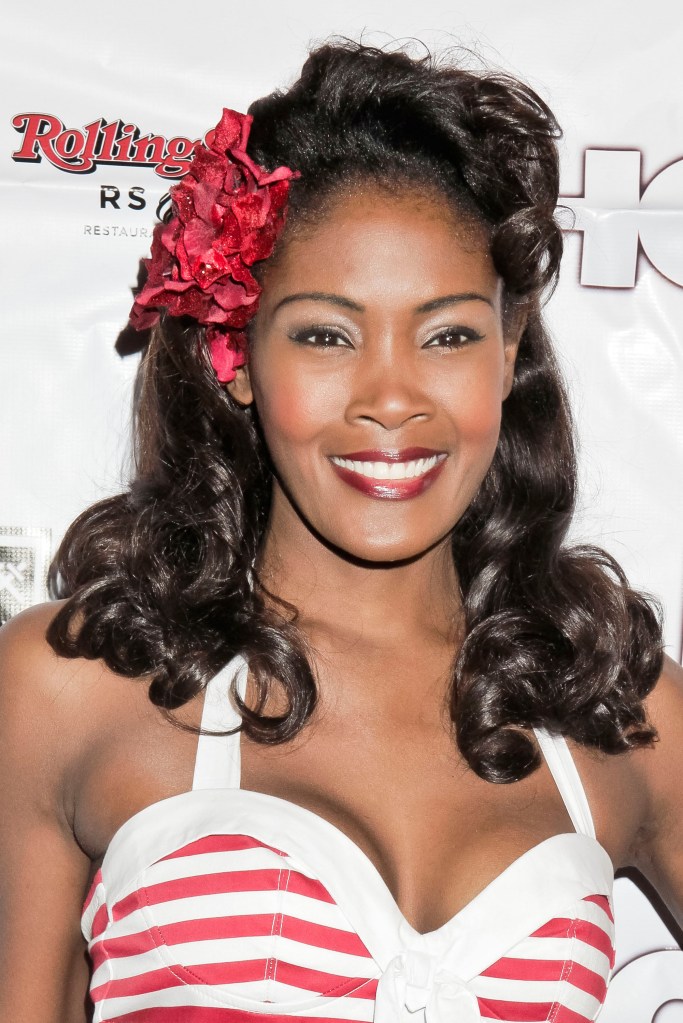
(Model Angelique Noire.) Source: Tibrina Hobson / Getty
Pin-up models originally became famous in the early 1920s and gained more recognition during World War II when photos and cartoons of pin-up girls were displayed in the lockers of U.S. Army soldiers and even on fighter jets. Popular pin-up girls included Betty Grable and Bettie Page, who was referred to as the “Queen of Pinups.” Page was known for her jet black hair, blue eyes and porcelain White skin, the ultimate standard of sexuality according to Western beauty ideals at the time.
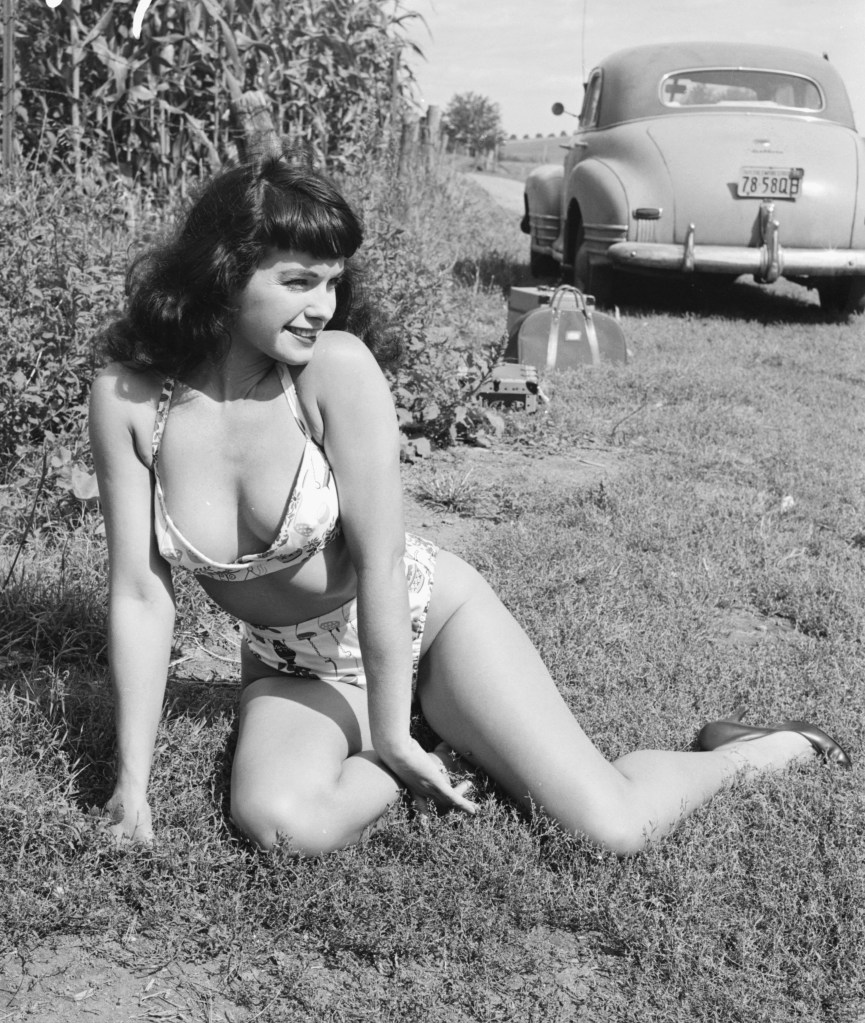
(Bettie Page.) Source: Weegee(Arthur Fellig)/International Center of Photography / Getty
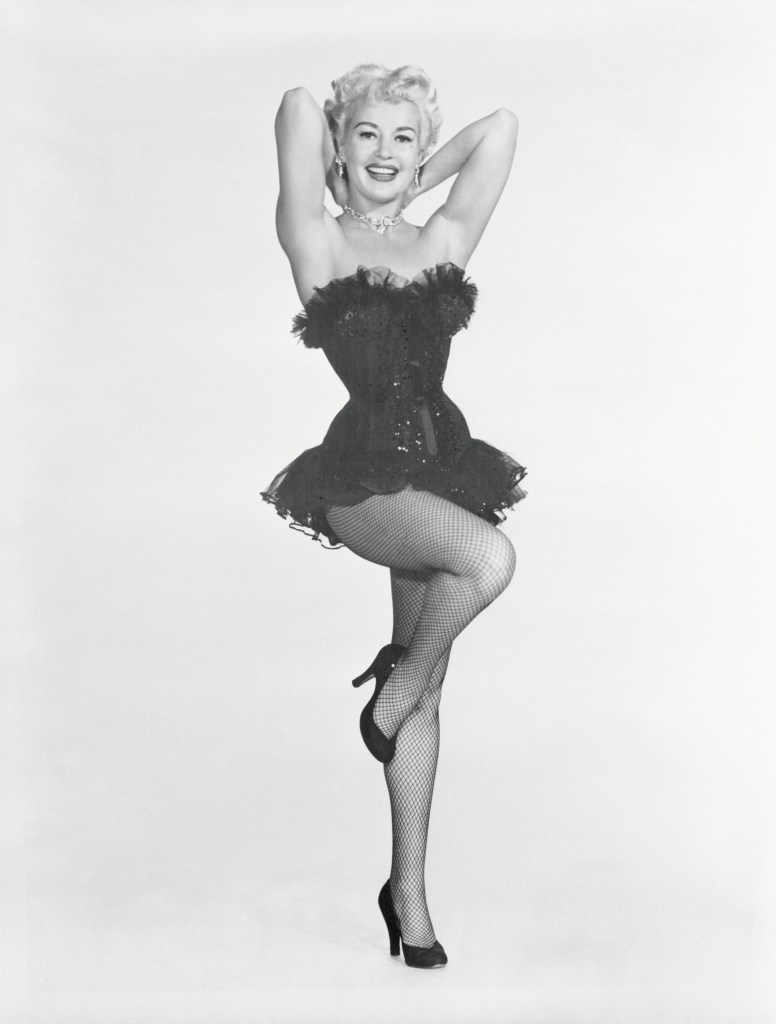
(Actress Betty Grable.) Source: Bettmann / Getty
However Grable, Page and other white models weren’t the only pin-up models of the early-mid 20th century. Black pin-up models and dancers existed as well, but they just weren’t as mass-marketed.
Lottie “The Body” Graves was a burlesque dancer who was probably one of the most known Black dancers who began her dance career in 1947 at the age of 17. Graves performed all over the country and even danced in a few White clubs during a time when most places were segregated. She was known for her dance style, costumes and most notably, her body.
https://www.instagram.com/p/BBaK_5cge-S/?taken-by=cococrispe
Madeline “Sahji” Jackson was also a popular burlesque dancer at Harlem’s famed Cotton Club, Marie Bryant was a famous singer and dancer who regularly toured with Duke Ellington and Jean Idelle, a popular burlesque dancer in the 1950s and ’60s, is credited with being the first Black woman to dance onstage with white women (and also considered one of the top paid!) Jet, which was founded in 1951 and originally known as the Weekly Negro News Magazine, also regularly featured Black pin-up models, including some of those above, on its covers.
https://www.instagram.com/p/BHP67SQgBdb/?taken-by=blacquegoldburlesque
“I think a lot of models of color in both the history of modeling and the history of pin-up modeling don’t get the same exposure, opportunity and promotion as their non-Black counterparts,” said Black pin-up model and burlesque dancer Ashleeta Beauchamp. “This type of thing goes across the board and most industries. Tokenism is also a factor. How many campaigns have you seen with more than one model of color? I think it’s very rare and is coupled with the idea that we have our single black model. Why do we need to hire another?”
After watching old Hollywood movies with her mom and listening to jazz with her dad, Beauchamp decided to pursue a career in pinup modeling. “There were so few women who looked like me on those silver screens and even fewer in modern time,” she explained. “I would see a girl here or there on Tumblr or Google but they never had a name or any credit. They were nameless women who I aspired to be like.”
Beauchamp is also a burlesque dancer. “Burlesque has really become my main artistic outlet and source of joy. While I can recognize it also suffers from the same issues of the modeling/pinup industry, I feel such a sense of accomplishment and self-love on stage,” she explained.
Noire chose to become a pin-up model to showcase the classic and feminine styles of Black women. “I have been a professional model for numerous years. During my modeling career, as much as I wanted to do jobs where I am styled in the mid-century-inspired fashions, I was never booked to do these types of shoots,” explained Noire. “Unfortunately, mainstream media continues to repeat the lack of showing Black women in this style. Nowadays, Black women are more often shown in this style compared to back then, but still, it’s a rare thing to come by. As a result, I decided to start showing that Black women can adorn this style too. It is a style after all, and Black women dressed elegantly during the 1940s and 50s too.”
Dita Von Teese, perhaps the most well-known Burlesque dancer by today’s standards, has called Noire one of her favorite pin-up girls. “Dita is considered the Goddess/Queen in the pinup world,” said Noire. “Of course I felt honored by her acknowledgments and the kindness she gives me every time I see her. I was also thrilled when she used my photo in her recent beauty book, Your Beauty Mark.”

(Modern Burlesque stars Posh, Angelique Noire and Dita Von Teese). Source: Charley Gallay / Getty
Black pin-up girls may have been less visible and remained nameless in the early-mid 20th century, but Black models, actresses and singers like Dorothy Dandridge and Eartha Kitt were also once more the exception than the rule. But glass ceilings are meant to be broken, even if it means working twice as hard.
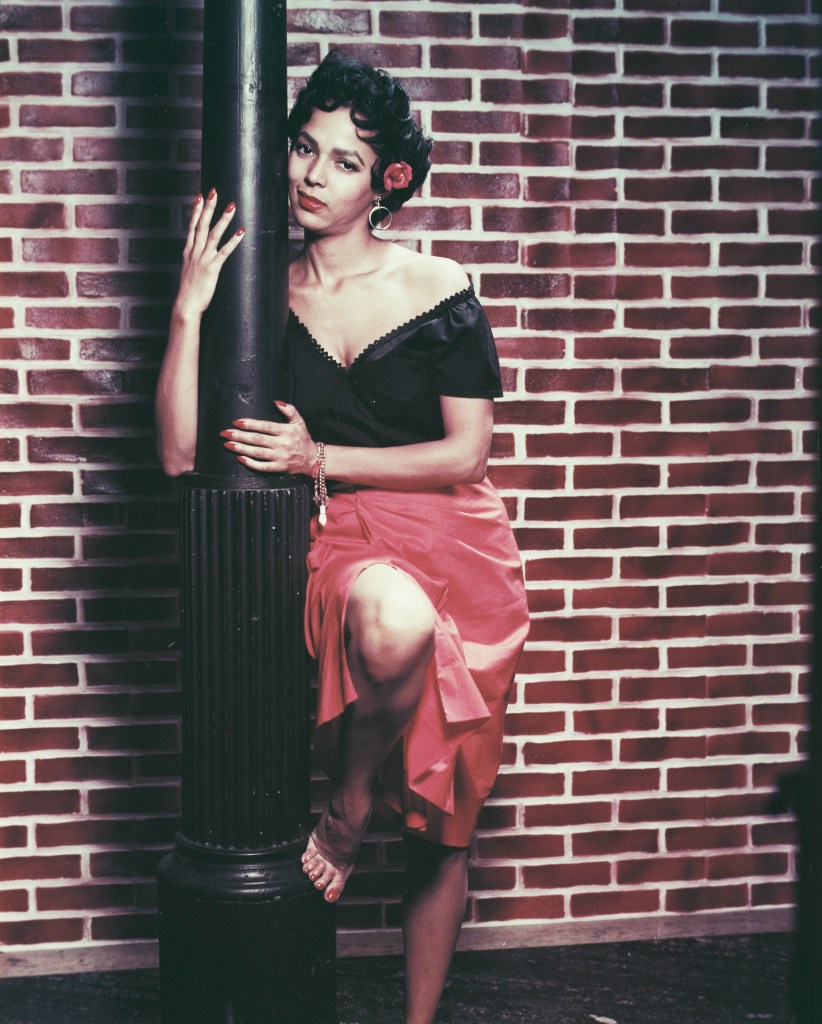
(Dorothy Dandridge) Source: Silver Screen Collection / Getty
“Just because you may not see someone in the industry who looks like you doesn’t mean YOU cannot be that person and you cannot be that great representation for someone else,” said Beachamp. “It’s not always easy or fair but you owe it to yourself to fight to be that representation or get that representation. Society’s standards of what is ideal are skewed. Always remember that and never sell yourself short.”
DON’T MISS:
#HELLOWORLD: The Ultimate Guide To Eating, Drinking & Playing Your Way Through Cuba
On Amber Rose, Bush Politics & Feminism
#TeamMelanin: Black Twitter Loses Its Mind Over ‘Black Panther’ Teaser
